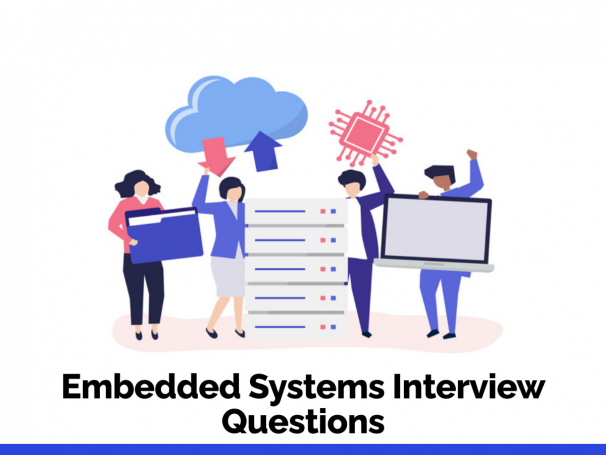Practice Best Embedded Systems Interview Questions
We have listed below the best Embedded Systems Interview Questions and Answers, that are very helpful for the freshers & experienced candidates. These Embedded Systems Interview Questions are very popular and asked various times in Embedded Systems Interviews. So, practice these questions to check your final preparation for your interview. apart from this, you can also download below the Embedded Systems Interview Questions PDF, completely free.

